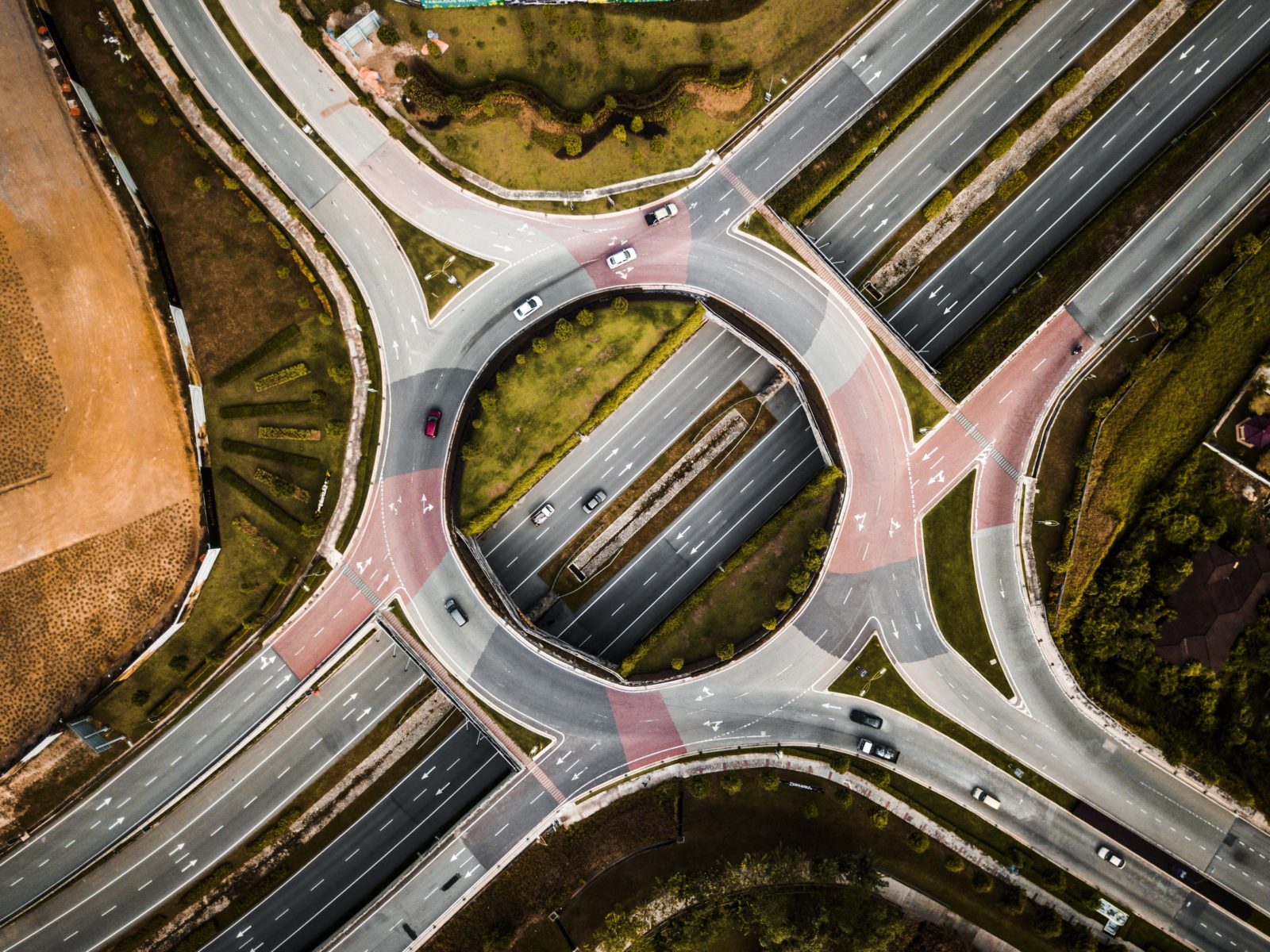
Absolutely… well, a lot actually.
Cloud Optimized GeoTIFF (COG) are geotiff files, like satellite imagery, that have been processed in a manner that makes it easy to consume for internet processing applications (read cloud). It is the brainchild of some very smart people at very smart organizations (Amazon, Planet, MapBox, ESRI, USGS and the landsat-pds mailing list) and is supported by major processing software such as ESRI, Rasterio, Geoserver, QGIS and GDAL.
COG’s are regular old geotiff files that we would find in the GIS and Remote Sensing industry. The difference is that the file is optimized by pre-processing of the original image into tiles and overviews, similar to how pyramids work when viewing geotiffs in GIS software. It’s different from traditional mapping tile servers since those convert raster data into scaled RGB values, effectively losing the spectral (number of bands) and radiometric (bit depth of data) resolution. COG’s preserve that data and allow us to perform analysis as if we had downloaded the raw dataset.
COG is not a new format, instead it is a new implementation of a relatively old format. It is roadmap for how best to serve raster data over the internet. It saves us from downloading an entire image if we are only interested in one small area. The caveat, and this is highlighted in @geo_will’s post, is that we still need to know the image we want data from. That is left as an exercise to image providers to search their catalogs using Areas Of Interest (AOI) instead of unique ID’s. However, once we have that data, processing is much easier. I see this as a great first step into an imageless world – pixel paradise.
Satellite image providers, DigitalGlobe and Planet already support COG’s for accessing their data archives.This is great news for us image consumers if we want to run our applications at web scale. We need access to more imagery in order to provider more and better insight into our ever changing world. That access should come in the form of COG. From image chips for training Machine Learning models to temporal analysis of AOI’s, COG provides the best avenue for accessing a diverse range of satellite images quickly and efficiently.
This is an exciting time for remote sensing professionals. We no longer have to tote around multiple external hard drives of our image catalog or perform massive data transfers to do analysis. We are moving towards ready access to imagery to help answer the questions we have.
I, for one, welcome our new COG overlords.
References:
COG website
GDAL COG
